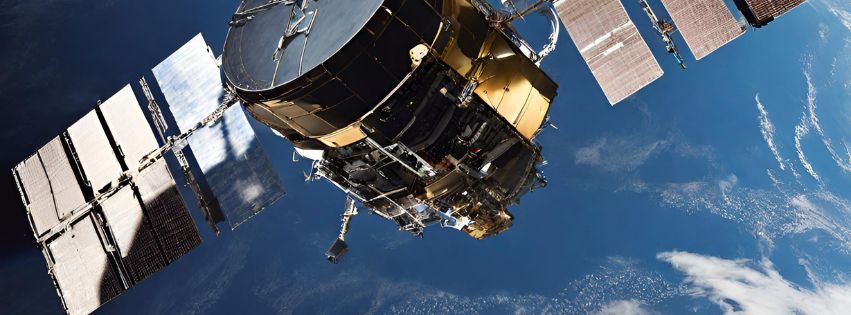No products in the cart.

So....What is a Satellite? Satellites, sometimes called “Digital Television”, orbiting high above the Earth's atmosphere, have become essential tools for communication, navigation, weather monitoring, and national security, but there are also natural satellites. For example, Earth is a satellite because it orbits the sun, and the moon is a satellite....
Subscribe
Login
0 Comments
